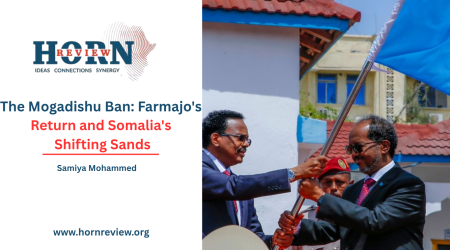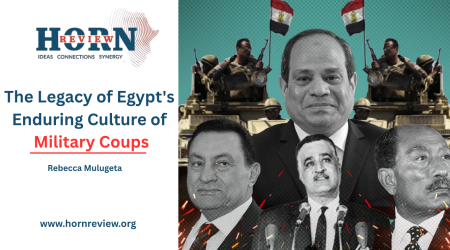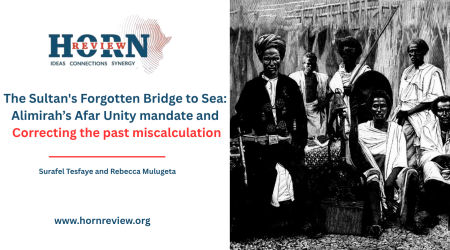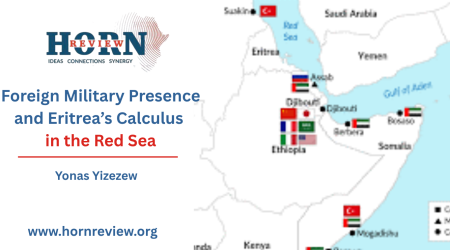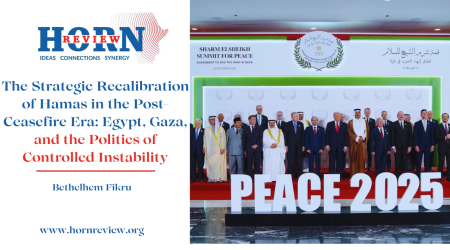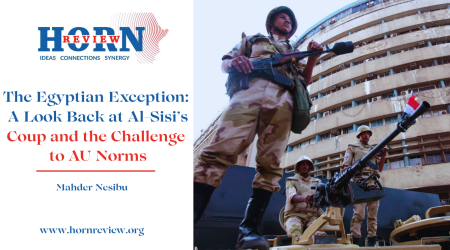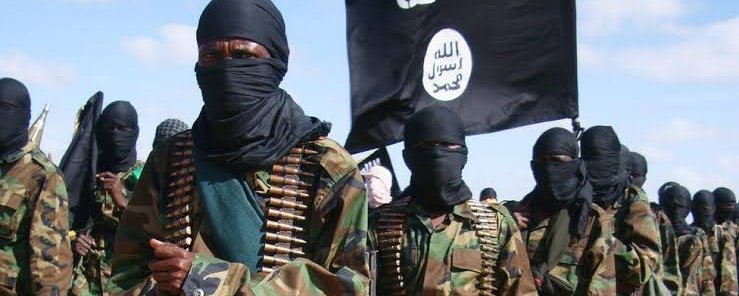
1
Apr
Preemptive Strike or Protracted War? The Escalating Fight Against Al-Shabab in the Horn
The Horn of Africa, a region perpetually simmering with tension and dramatic power shifts, has once again been jolted by the brutal reality of al-Shabab’s enduring presence. The recent 24-hour siege of a Mogadishu hotel, a brazen assault in the heart of the Somali capital, serves as a stark reminder of the group’s capacity to inflict chaos and undermine fragile stability. The explosion that ripped through the Somali presidential convoy wasn’t merely a violent act of terror; it was a stark declaration of a looming confrontation. The attempted assassination of the Somali president, a brazen challenge by al-Shabab, has ignited a coordinated response that signals a pivotal moment in the fight against the militant group. This “battle to come” will not only dictate Somalia’s trajectory but also cast a long shadow over the entire Horn of Africa.
The most striking aspect of this impending offensive is the unprecedented level of cooperation among diverse actors. The Somali federal government, regional administrations, the AUSSOM, and US AFRICOM are all demonstrably ramping up their efforts. This convergence, a feat previously elusive, emphasizes a shared recognition of the existential threat al-Shabab poses. This coordinated push signifies a decisive shift from reactive measures to a proactive, potentially decisive, offensive. It’s a unified front against a common enemy, a testament to the growing understanding that al-Shabab’s reach transcends national boundaries.
The strategic implications of this offensive are profound. A successful campaign could dismantle al-Shabab’s territorial strongholds, disrupt its intricate funding networks, and severely curtail its capacity to launch devastating attacks. This would forge a crucial window of opportunity for long-awaited stabilization efforts in Somalia, potentially paving the way for a more secure and prosperous future. However, the stakes are undeniably high. A failed offensive, marred by missteps or a lack of sustained commitment, could embolden al-Shabab, fueling a resurgence of violence and plunging the region into deeper instability. The delicate balance between progress and regression hangs precariously in the balance.
The Horn of Africa, a region already grappling with a confluence of challenges, stands at the precipice of a potentially transformative period. The outcome of this “battle to come” will reverberate across the region, impacting neighboring countries, particularly Ethiopia and Kenya, which are acutely vulnerable to al-Shabab’s spillover effects. The flow of refugees, the illicit movement of weapons, and the potential for cross-border attacks are all pressing concerns that weigh heavily on the minds of regional leaders. The stability of the Horn, already fragile, is inextricably linked to the success of this offensive.
Amidst the strategic calculations and military maneuvers, the humanitarian cost of this escalation cannot be ignored. Increased military activity will inevitably lead to heightened humanitarian concerns, including mass displacement, civilian casualties, and severe disruptions to aid delivery. It is imperative that all actors involved prioritize the protection of civilians, ensuring that military operations adhere to international humanitarian law and that aid reaches those in dire need. The human cost of conflict must not be overshadowed by the pursuit of military objectives.
Yet, the future remains shrouded in uncertainty. Al-Shabab has proven to be a remarkably adaptive and resilient adversary, capable of exploiting vulnerabilities and adapting to changing circumstances. The question remains Will this coordinated effort be sufficient to decisively weaken the group, or will al-Shabab find new ways to destabilize the region? The answer to this question will determine the fate of millions and shape the geopolitical landscape of the Horn of Africa for years to come.
The attack on the presidential convoy has served as a catalyst, triggering a response that could lead to a significant turning point in the fight against al-Shabab. The “battle to come” is not just a military confrontation; it is a test of resolve, a measure of regional cooperation, and a defining moment for the Horn of Africa. The world watches, hoping that this coordinated effort will pave the way for a more secure and stable future, but also knowing that the road ahead is fraught with peril.
As the dust settles from the attempted assassination and the coordinated offensive against al-Shabab gathers momentum, the eyes of the Horn of Africa, and indeed the world, turn to Ethiopia. The Horn teeters and Ethiopia’s role is pivotal. A unified Horn, with Ethiopia as a stabilizing force is crucial. This battle tests not just Somalia but the entire region’s resolve. Success demands more than military might; it requires unwavering humanitarian commitment. The outcome will reshape the Horn, its future a testament to regional unity or a grim reminder of fractured resolve. The world watches, hoping for a dawn of stability, not a descent into deeper darkness.
The ‘battle to come’ is not confined to Somalia’s borders; it is a test of Horn’s resilience. Will the region rise united to extinguish the flames of extremism, or will the chaos spread engulfing Ethiopia and fracturing the fragile peace of the entire peninsula? In the face of this gathering storm, the choices made now will determine whether the Horn of Africa descends further into darkness or emerges, scarred yet stronger, into a future where the promise of stability outweighs the ever-present threat of terror. The world watches, holding its breath as the fate of millions hangs in the balance.
By Bethelhem Fikru, Researcher,Horn Review

